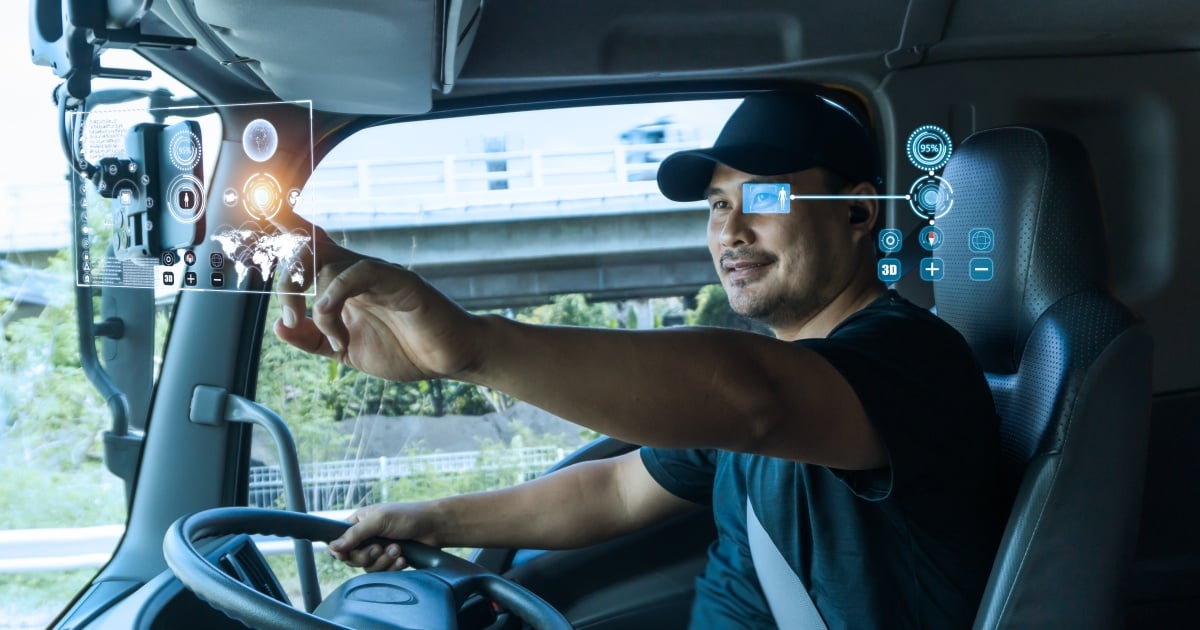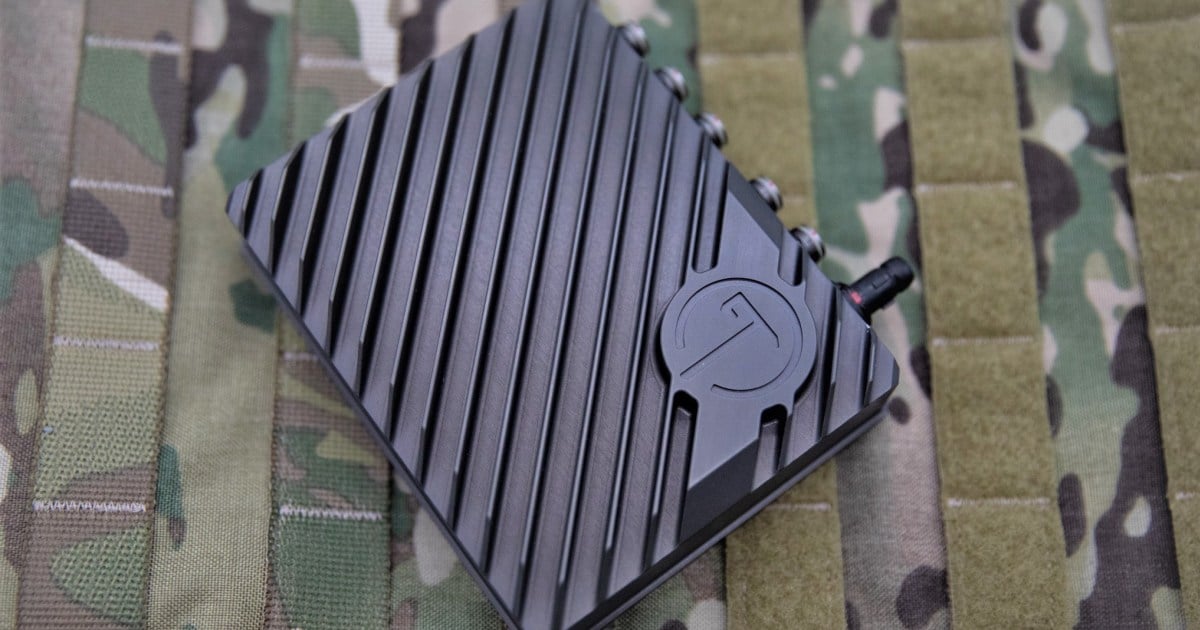
The growth of connected devices is seeing a fundamental change in how people and enterprises engage with each other in the digital world. But for this to be truly effective, these devices cannot solely rely on existing cloud infrastructure that was built to support millions of siloed apps. Instead, a decentralized approach that fully leverages these devices capabilities is essential.
Today, all the most popular consumer and enterprise applications are hosted in data centers. From Google and Facebook to YouTube and Instagram, this cloud-centric methodology has become essential for enabling our connected lifestyles. Underpinning this is a hierarchical client-server architecture that sees most servers located in data centers scattered around the globe. For years, this has been the optimum way of hosting applications that provide access to content and information to client devices (e.g.: smartphones or tablets.) However, new trends point to this quickly becoming a less efficient way of managing data.
Changing landscape
Firstly, there has been an explosion of computing devices and embedded computing in all things. This has grown the ‘edge’, often referred to as the Internet of Things, where devices are connected to centralized servers in data centers through gateways and hubs. However, with edge devices having more computational power than servers of just a decade ago, the edge is becoming progressively more powerful.
Secondly, the advent of social media on mobile devices, orders-of-magnitude more personal multimedia content are generated on these edge devices. People are creating and sharing thousands of times more content than what major studios and broadcasters are hosting on central servers in the cloud. Today, most of the data generated on (edge) devices is sent back to servers on the central cloud for processing and to facilitate sharing.
The third trend is the decomposition of solutions. The emergence of APIs and microservices and their automated deployment are contributing to a serverless backend environment. Instead, the cloud is used to scale resources to fit demand either through volume or geography.
A new way
The current fixed and hierarchical client-server approach makes central cloud resources and network connectivity the bottleneck for future growth. Sending data from hundreds of billions of client devices to tens of millions of centralized cloud servers wastes bandwidth and energy and it has serious social and economic implications.
Furthermore, developers are reliant on cloud service providers who have access to the apps and the data stored or processed in their servers. Essentially, a handful of large companies have to manage the majority of consumer and enterprise data. And despite all the sophisticated security measures, storing data and hosting applications on third-party resources exposes the owners of the information to risks.
This challenge of exponential growth of computing at the edge, has opened up a massive opportunity. Enabling any computing device to act as a cloud server when it makes sense to do so can create a hybrid edge cloud that scales organically with new capable devices. In this way, central cloud resources that require significant real-estate and power, and are bandwidth hungry can offload much of their burden onto edge devices. Many microservices can be hosted on edge devices instead of being hosted in a centralized server, making them faster and more flexible to changing user requirements.
Edge power
Acting as servers when feasible, edge devices can perform many of the functions of the servers in central cloud. This creates a hybrid edge cloud that is significantly more powerful than the centralized cloud.
For example, there are currently over 80 million Sony PlayStation 4 (PS4) consoles in peoples’ homes. This represents more than 600 million processor cores and 40,000 petabytes of storage. In comparison, this is much larger computing, storage, and memory resources in the aggregate than the entire Amazon Web Services (AWS) infrastructure.
And the PS4 is only one type of device. There are billions of smartphones, PCs, set-top-boxes, game consoles, streaming players, routers, tablets, and other computing devices that can potentially act as cloud servers.
The benefits of such a hybrid edge cloud architecture are phenomenal. From reduced cloud hosting costs and communication bandwidth and latency to improved network efficiency, reduced energy consumption and carbon emission. Moreover, this new approach leads to increased data privacy and providing consumers and enterprises with better control over their data.
Software-driven
Cynics might argue that a change as fundamental as this will require significant investment in overhauling network infrastructure. Yet, if a software-driven model is adopted, no change will be needed to the low-level design of edge devices.
All that is required is a downloadable software development kit (SDK) that runs on top of existing operating systems. No changes to hardware or operating systems are necessary. Instead, developers have the power to decentralize the existing cloud infrastructure.
Ultimately, the hybrid edge cloud environment will provide consumers and enterprises with more control over their personal data, minimize the cost of hosting and delivery of applications and services, and improve network performance.
Decentralization is the next revolution in cloud computing and an essential element to drive the Fourth Industrial Revolution.





